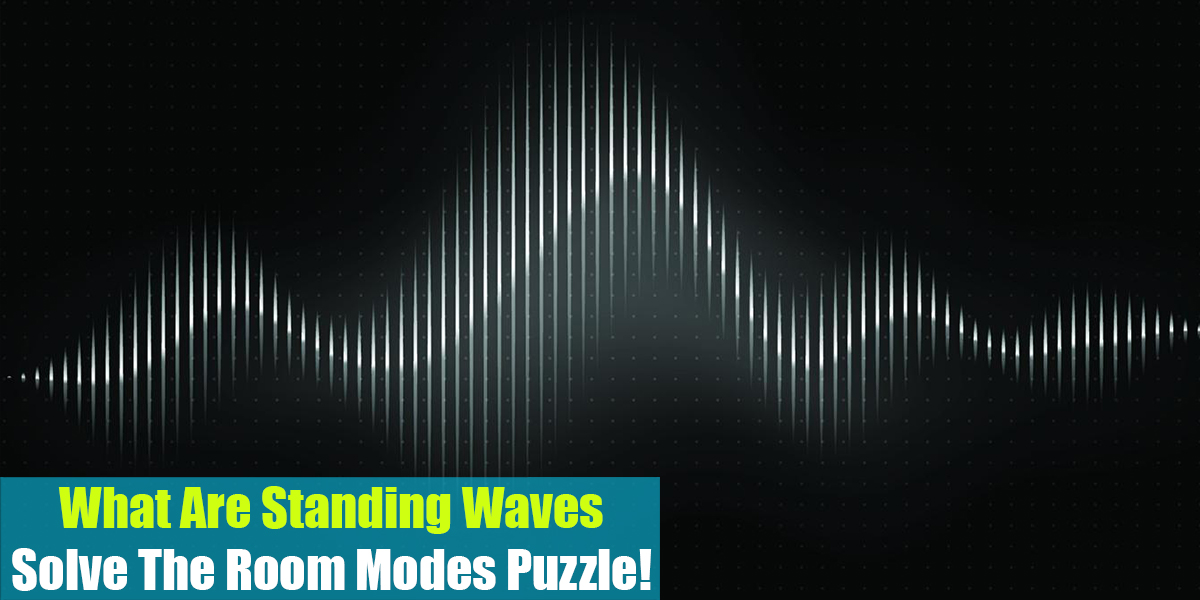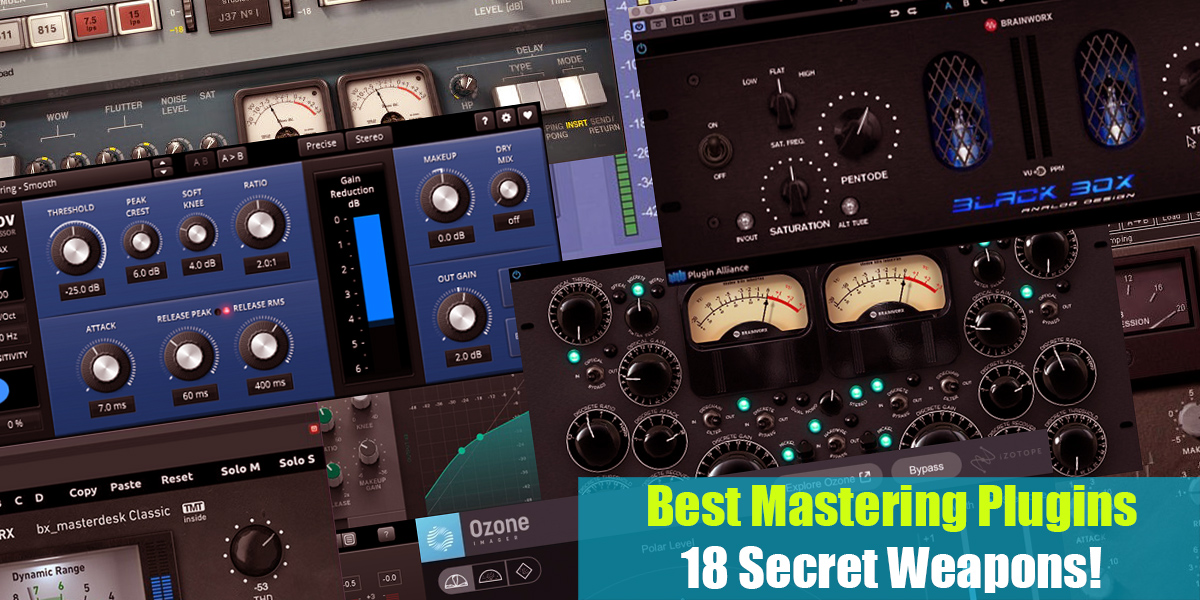Mixing Electric Guitars
Introduction
Mixing electric guitar is an essential skill because the electric guitar is so commonly used in songs. Electric guitar recordings are a common part of arrangements in a wide range of genres, such as rock, pop, and EDM.
While traditionalists might sneer at the changing musical demographic, electric guitars have a broad appeal across a wide range of musical genres because they are extremely versatile.
Despite its versatility, the electric guitar can also be challenging to record due to the very aspects that make it so versatile. The good news is that there are some guidelines that can be applied universally, so getting professional results does not require rocket science. Following is a list of some of the most basic processes you should be aware of when mixing guitars.
Amp and Pedalboard Setup
It is well known to every engineer that if something doesn’t sound right at the source, it will not sound right at the end. As with any musical instrument, the electric guitar is no exception, however, due to the nature of guitar amplification, changing the sound of the source can be challenging in technical terms.
It will be difficult to convince a guitarist to alter a tone that they are comfortable with without presenting clear and (this is important) unpatronizing reasons. In order to gain their trust, you must earn it.
This situation has led to many guitarists only being able to hear their tone directly from their amplifiers. Ideally, they will face their amplifier towards their ears when they do this, but even then, they will only hear it from 2-3 meters away; in the worst-case scenario, it will fire right at their feet.
An amplifier’s tone can’t always be adjusted by changing the EQ on the amp (or pedal board if the pedal board has an EQ). As the guitar amp and pedalboard combination travels along its route to the speakers, the signal frequently goes up and down vast amounts, creating a complex chain of gain structures.
To summarize, setting up the amplifier and the pedalboard effects properly before recording is a crucial step because if you did this one wrong, you will need to redo it after. So pay close attention and listen to the signal you are recording. If it suits your standards and industry standards as well, then you can proceed and continue with mixing the electric guitars.
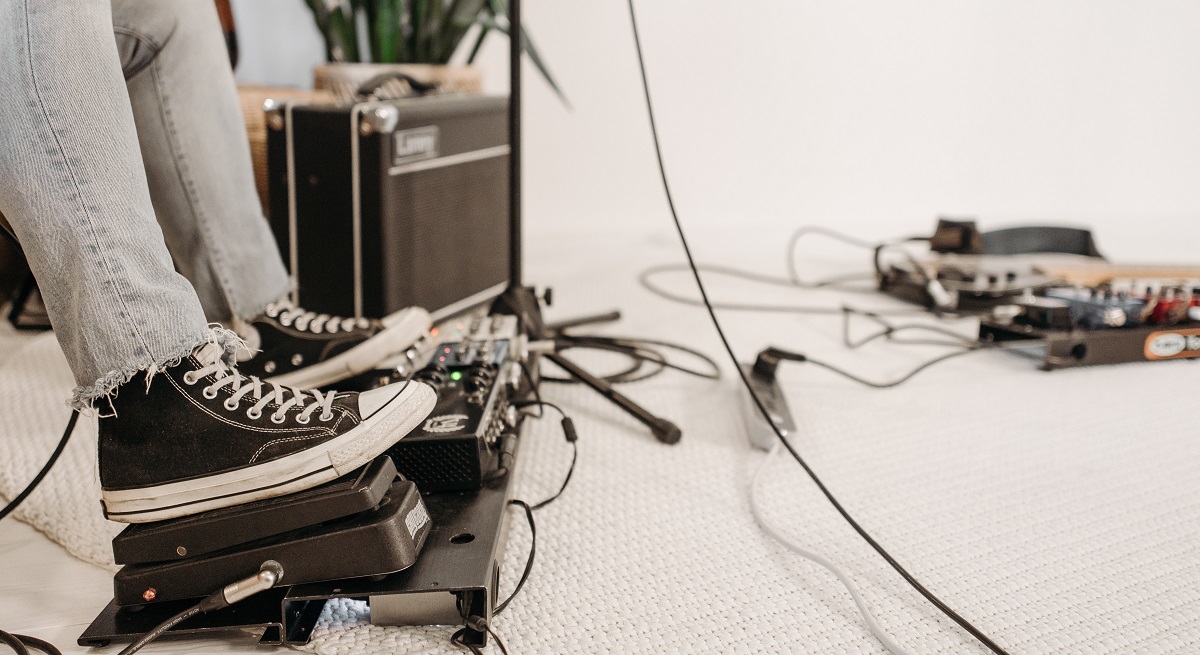
Choosing The Microphone and Placement
The next step in the process is to select the appropriate microphone to represent the tone that you have carefully crafted from your guitar and amplifier. In selecting a microphone, there are no right or wrong choices, only options, and outcomes.
You have three options for capturing a great guitar sound: dynamic, condenser, and ribbon. The choice you make will be based largely on your application and personal preferences.
Among all types of microphones used for guitar cabs, dynamic instrument microphones are by far the most popular. Due to their solid sound quality and smooth high-end, as well as their ability to withstand high levels of sound pressure, they are suitable for a wide range of musical genres. Also, they are generally inexpensive, which means that you don’t have to spend a lot of money to get good results.
It is also possible to consider a large-diaphragm dynamic microphone if you wish to achieve a little more low-end oomph. Because of their large housing and diaphragm, they tend to have an increased bottom frequency range and response, yet maintain the smooth and solid sound characteristics of a typical dynamic microphone.
Mic placement is the next thing to take care of once you picked the microphone you are going to record with to get the required guitar tone. Same as with other instruments, proper microphone placement will result in the guitar signal you are after depending on the song at hand.
By moving the microphone closer to the amp’s speaker, you will be able to increase the bass frequency of your recorded tone, and by moving the microphone further away, you will be able to reduce the overall bass response. When the microphone is moved to the side of the speaker, closer to the surrounding edge, the midrange and upper-mid frequencies will be reduced.
Midrange frequencies will be emphasized when the microphone is moved toward the middle of the speaker. In order to get the best results, point the microphone directly at the speaker, at least until you have determined the distance and location of the mic on the cone.
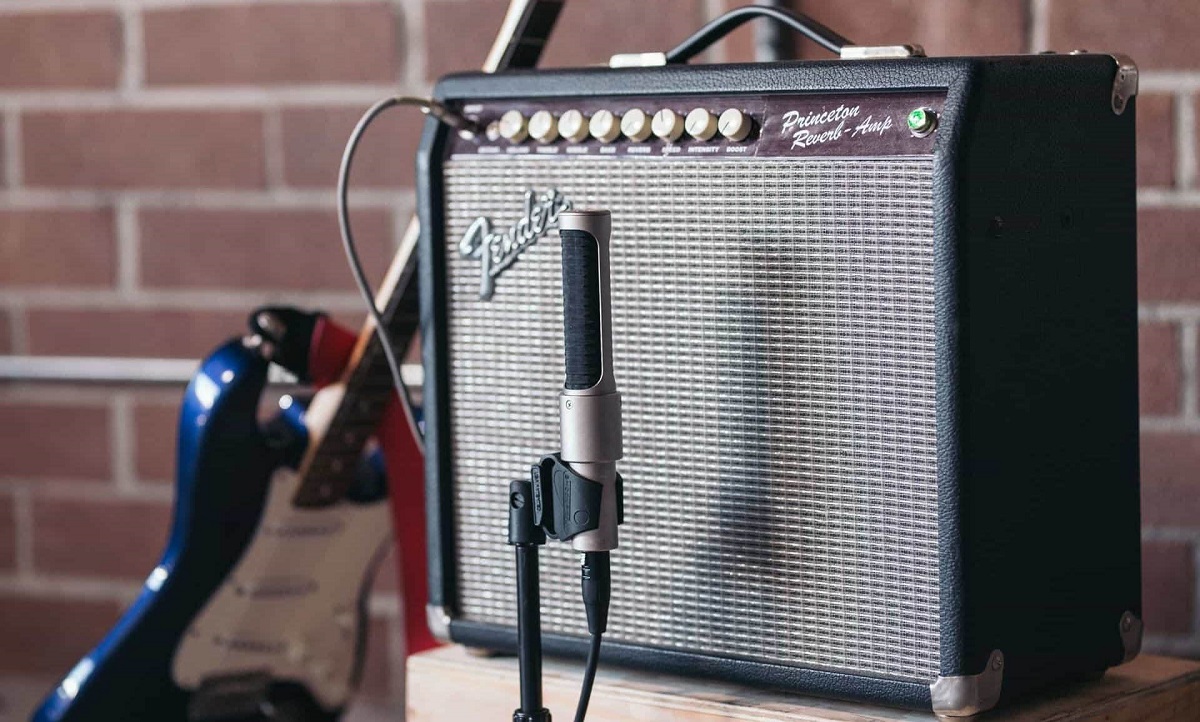
Electric Guitar EQing
Everything up until now we consider the process of recording the guitar tracks. No matter if it is a solo, backing, or rhythm guitar part, the recording engineer should do this until now and let the mixing engineer take over. So let’s move to the next process.
The process of EQing the electric guitar sound is one of the first processes that you will need to do to prepare your guitar part for the final road to become a properly mixed element. We are going to be brief about this topic and point out certain stuff only.
The most important stuff is to take out parts of the guitar that are not necessary. That means removing the signals below 85Hz and above 6kHz. This instrument is not spread across the whole frequency spectrum and you need to leave only the frequencies that are recognizable for a guitar.
After cleaning up your guitar signal, cut points that you do not like with a narrow Q and boost with a little bit wider Q for a more natural sound and more control. The process of EQing the guitar track, no matter if it is a lead guitar or you EQ a bunch of distorted guitars is a long and detailed process.
Compressing Electric Guitars
There is a tendency for clean electric guitars to have a high transient content, which is why they require compression from time to time. Since a clean guitar has not been subjected to any form of overdrive or distortion, it is utilizing its full dynamic range without any compression-related side effects.
It is entirely dependent upon your desired sound that you use compression settings on your electric guitar. The general rule of thumb is to begin with a fast attack, a slow release, and a 4:1 ratio as a starting point.
By using a fast attack, you can control transients that would otherwise poke their way through your mix. On distorted guitars, however, there is less of a chance of this happening, as distortion generally tames a certain amount of transients. The best way to avoid sucking the life out of your tone if transients are not the problem is to use a slow or medium attack.
There is more sustain when the release is slow. You may, however, experience unwanted pumping effects if your release is too slow. When playing faster guitar parts, slow releases can also be detrimental, since your compressor may begin clamping down on subsequent notes after it has hit the first note.
You can time your release according to the song. To determine the quarter note timing, you can use the 60,000/(your bpm) equation. However, we feel it is wise to take into account how long it takes for your release to die out before you make a decision.
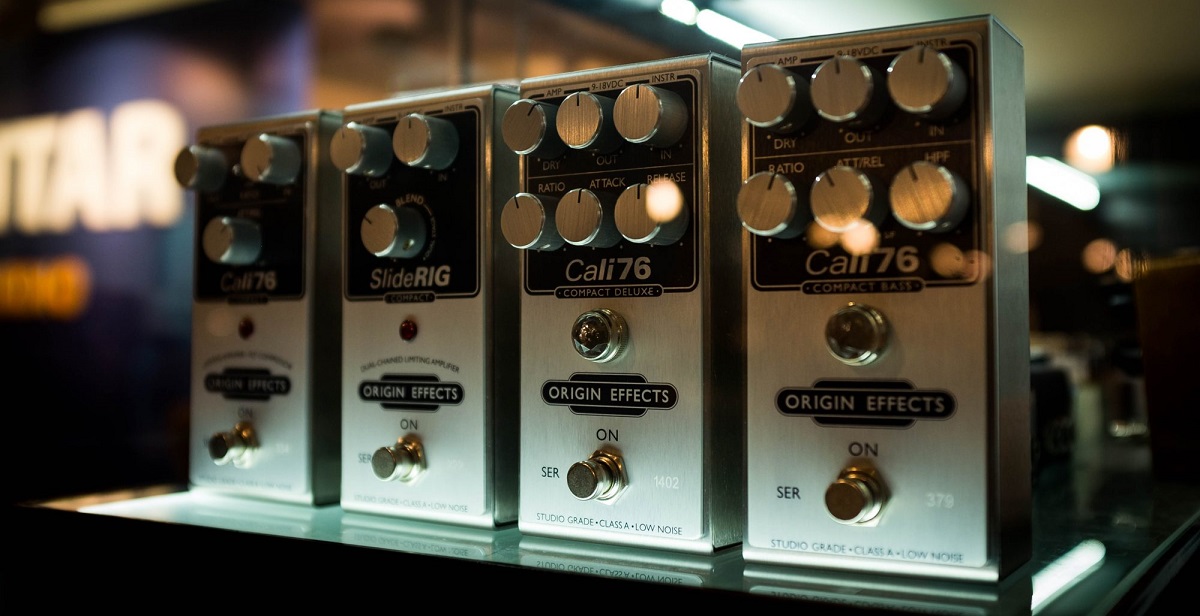
Panning the Guitars
Panning is one of the least discussed mixing techniques when it comes to mixing guitars, be it in rock music or other genres. One of the most important functions of a mixer is to place instruments properly in the stereo image since the positioning of instruments in the stereo image has a significant impact on the sound of the recording.
It is recommended to evenly distribute guitars in the mix to the left and right when panning guitars in the mix. The panning of one guitar should be set halfway left, and the panning of the other guitar should be set halfway right. In the case of one guitar, it should be panned equally in the opposite direction to the primary lead instrument.
Although all that is true, pans are determined by several factors, including how many tracks you have recorded, the song’s genre, and the effect you seek. If, for example, the guitar serves a complementary role rather than a foundational one, then equal distribution appears to be the best approach.
Adding Other Guitar Effects
After all the technical points are satisfied, it is time to add the guitar effects, aside from those that are already included in the guitar pedal effects chain. Here, if you already recorded the guitars with the effects, there is not much to do. The mixing of those effects is already done with the basic mixing of the guitars themselves.
But if you recorded your guitars clean, now you can add the effects. No matter if you decide to go with the delay, the reverb, or any other time-based effects, this is the point that will make the guitar signal stand out and be unique. So we are not going to go into specifics and give you exact parameters because you will need to figure that out on your own.
Besides the time-based effects, here you can reach out to saturation and distortion as well because they are effects known to go well with guitars. If you work in such genres, you will need to use these effects, no matter if the application will be subtle or if you will decide to go with harder settings.
Our point here is to reach for the effects to make the guitar sound original and hard to copy – making it unique. Maybe here is where your signature sound will be.
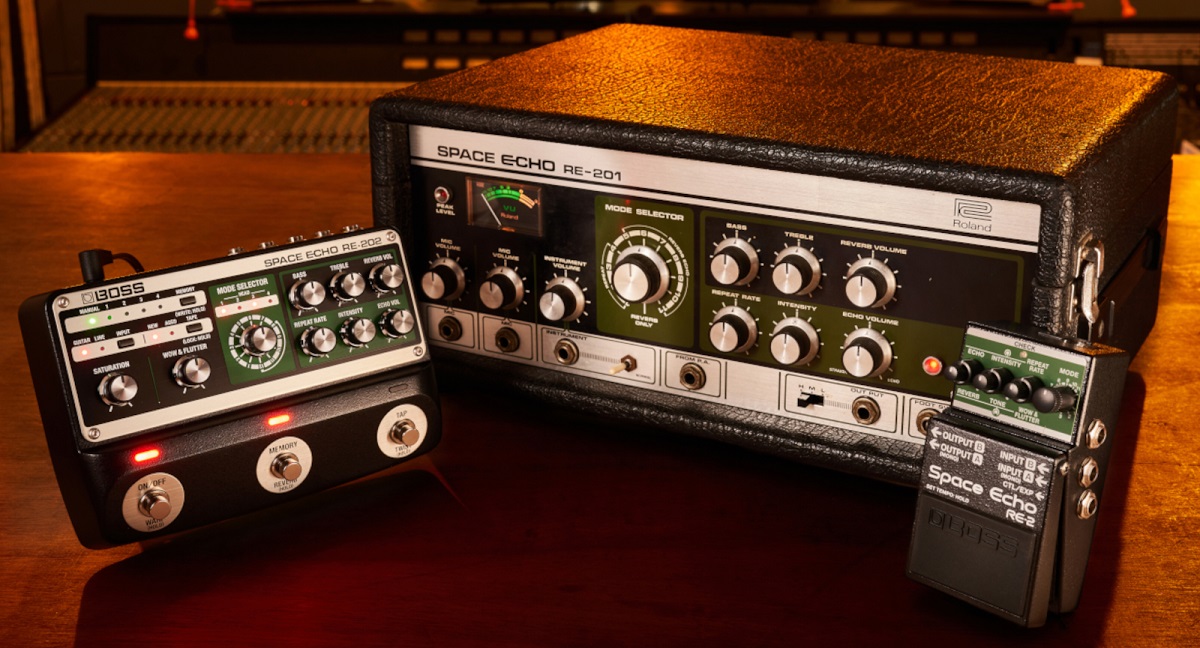
Conclusion
Since electric guitars lack a truly natural sound, it is impossible to produce a textbook electric guitar sound. We can only conclude that the right-sounding guitar is the one that works for you when we consider the wide range of musical genres and tonal variations involved in a typical modern track.
We strongly recommend that you pay attention to the small stuff when you are recording, especially when you are tracking. Spending time at this stage is well worth the effort. If you have any other points to add, feel free to reach out to us in the comment section and we will be happy to expand on those points!

